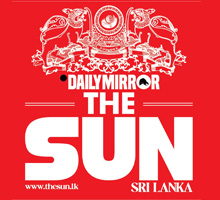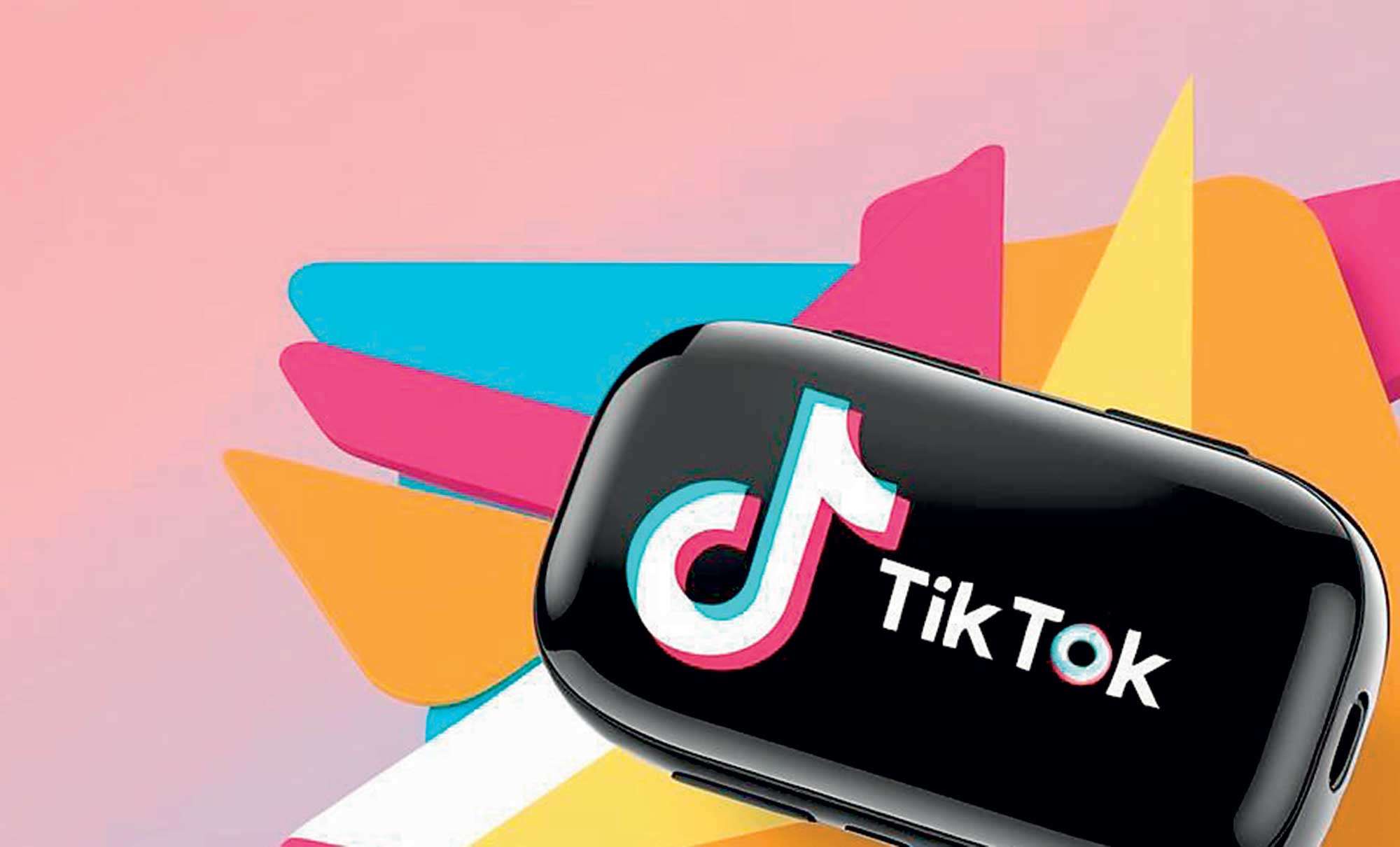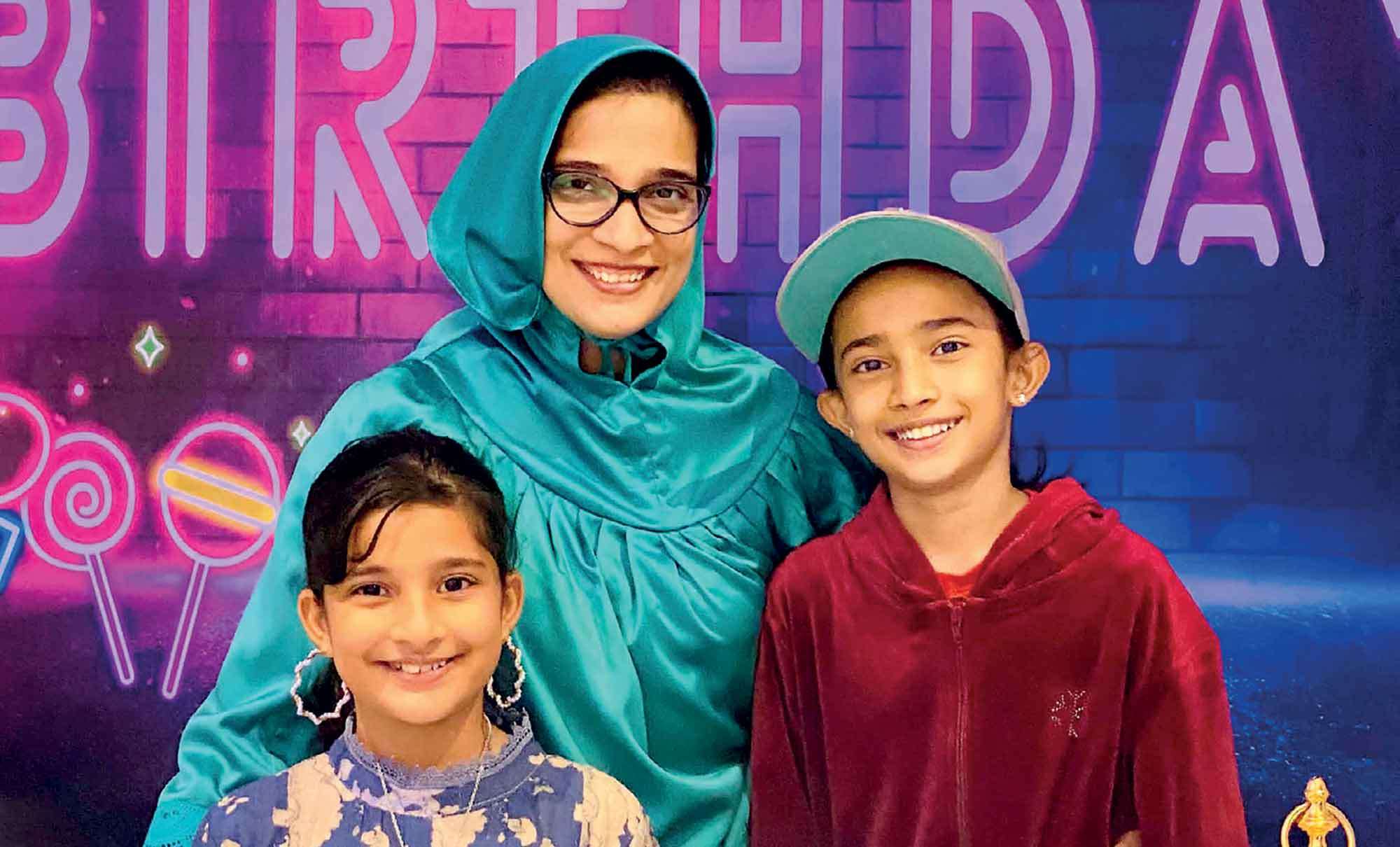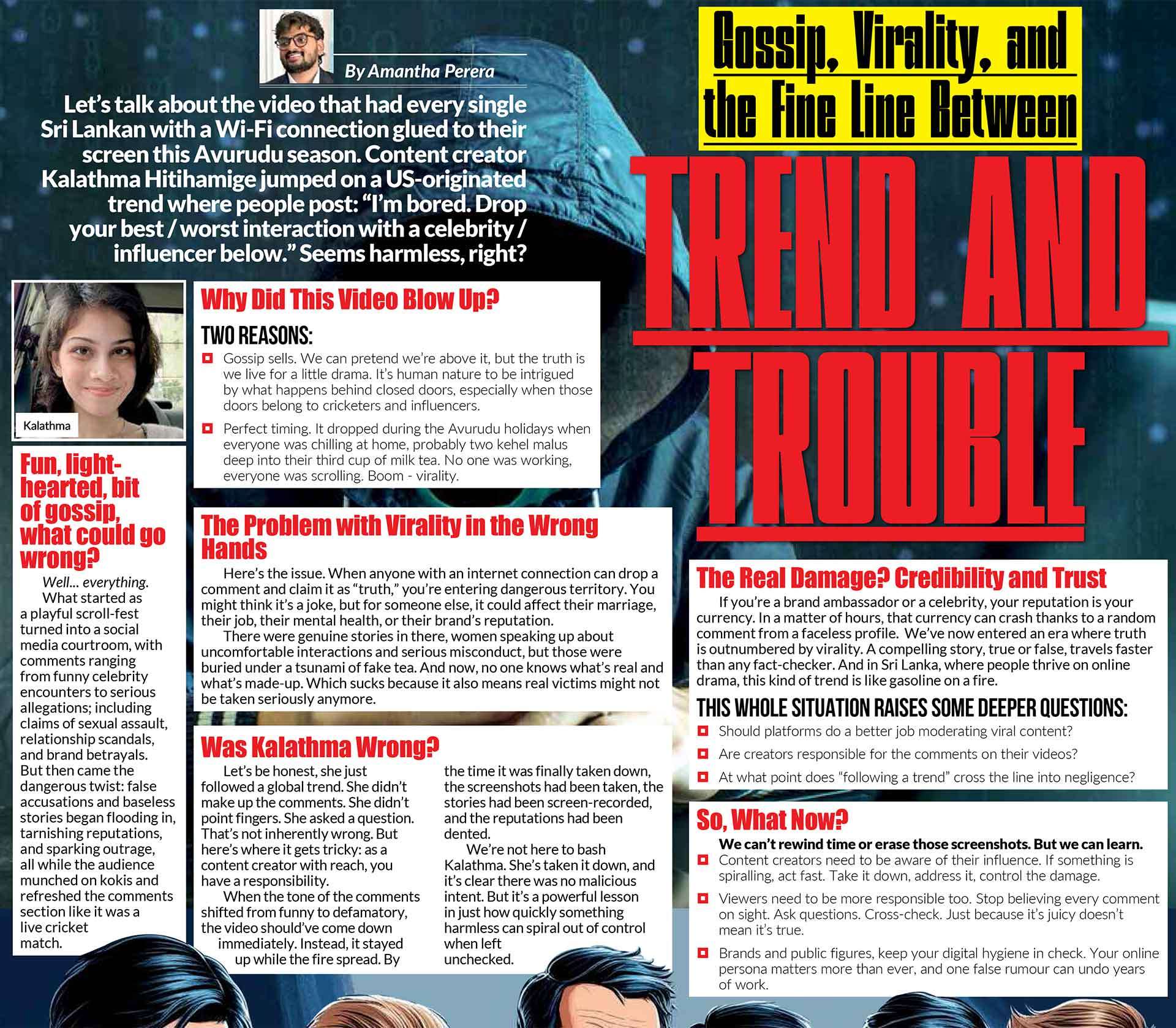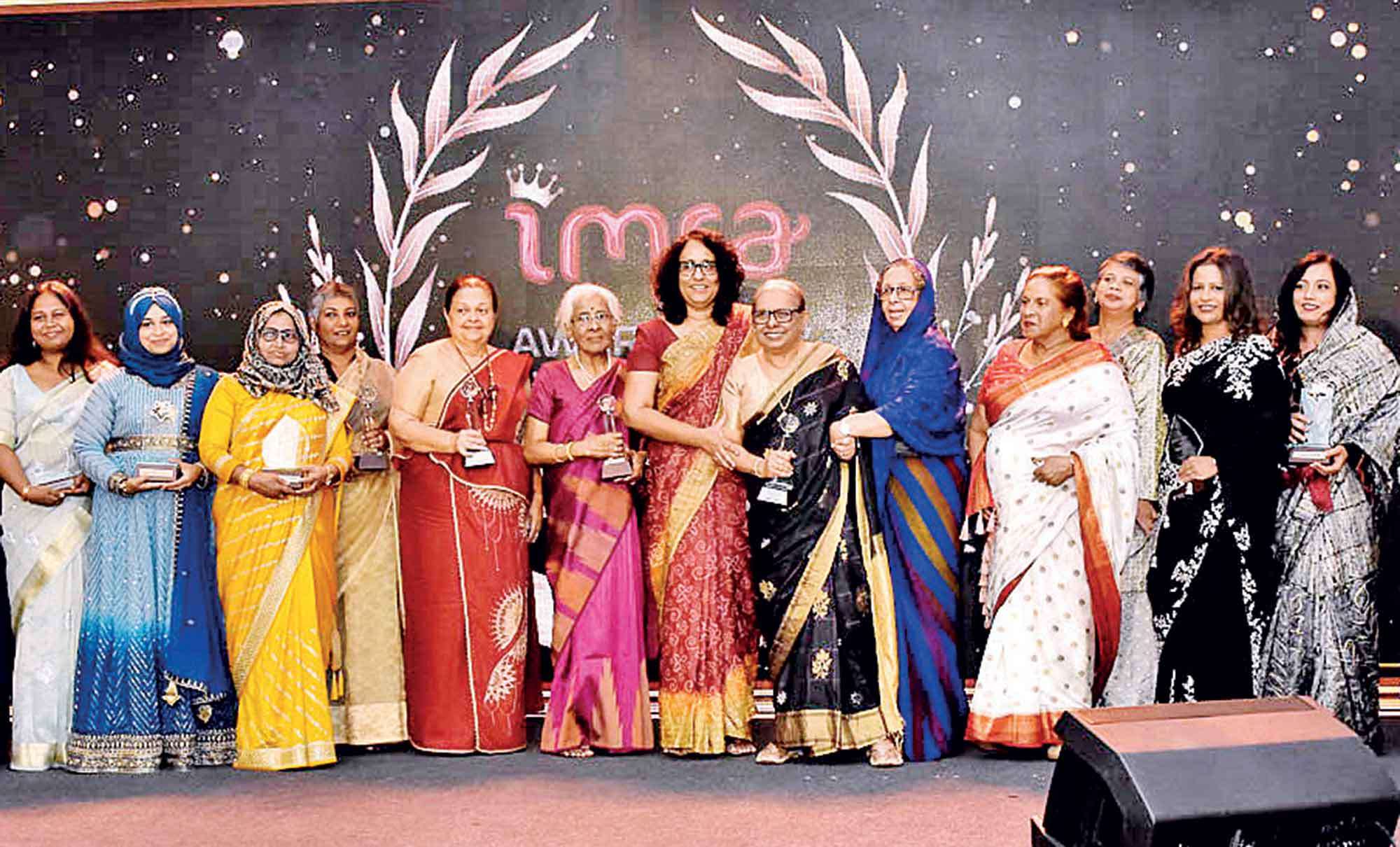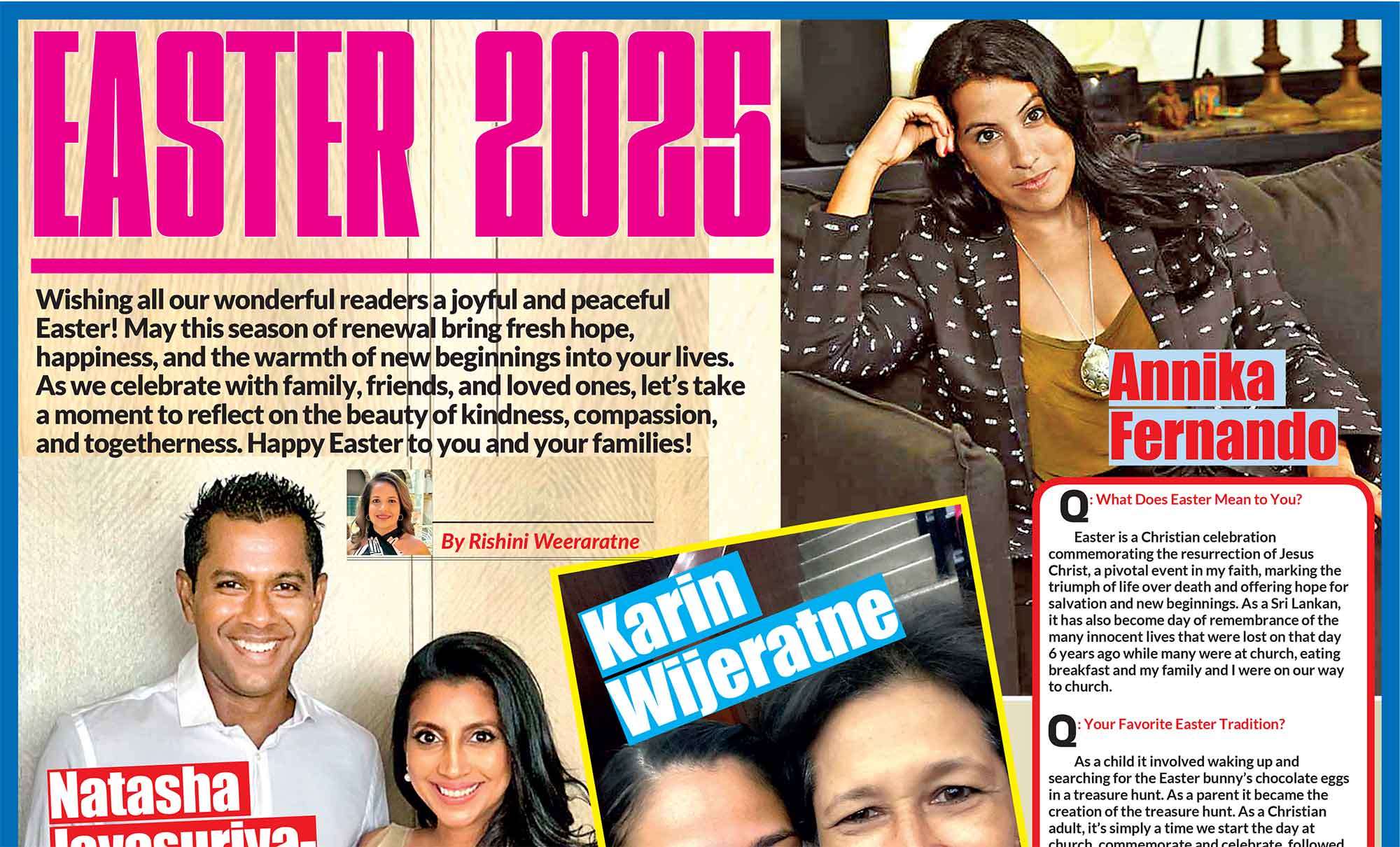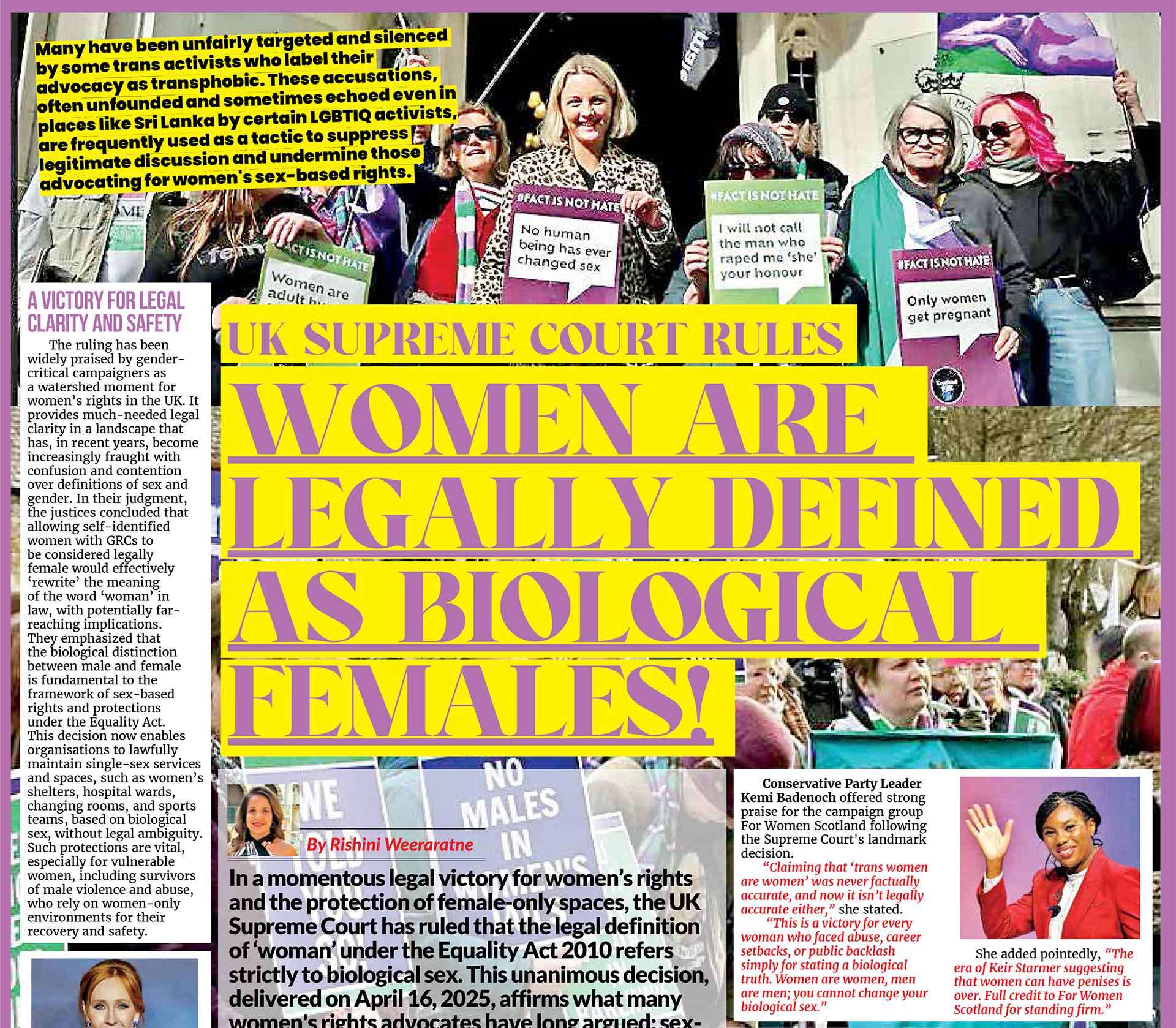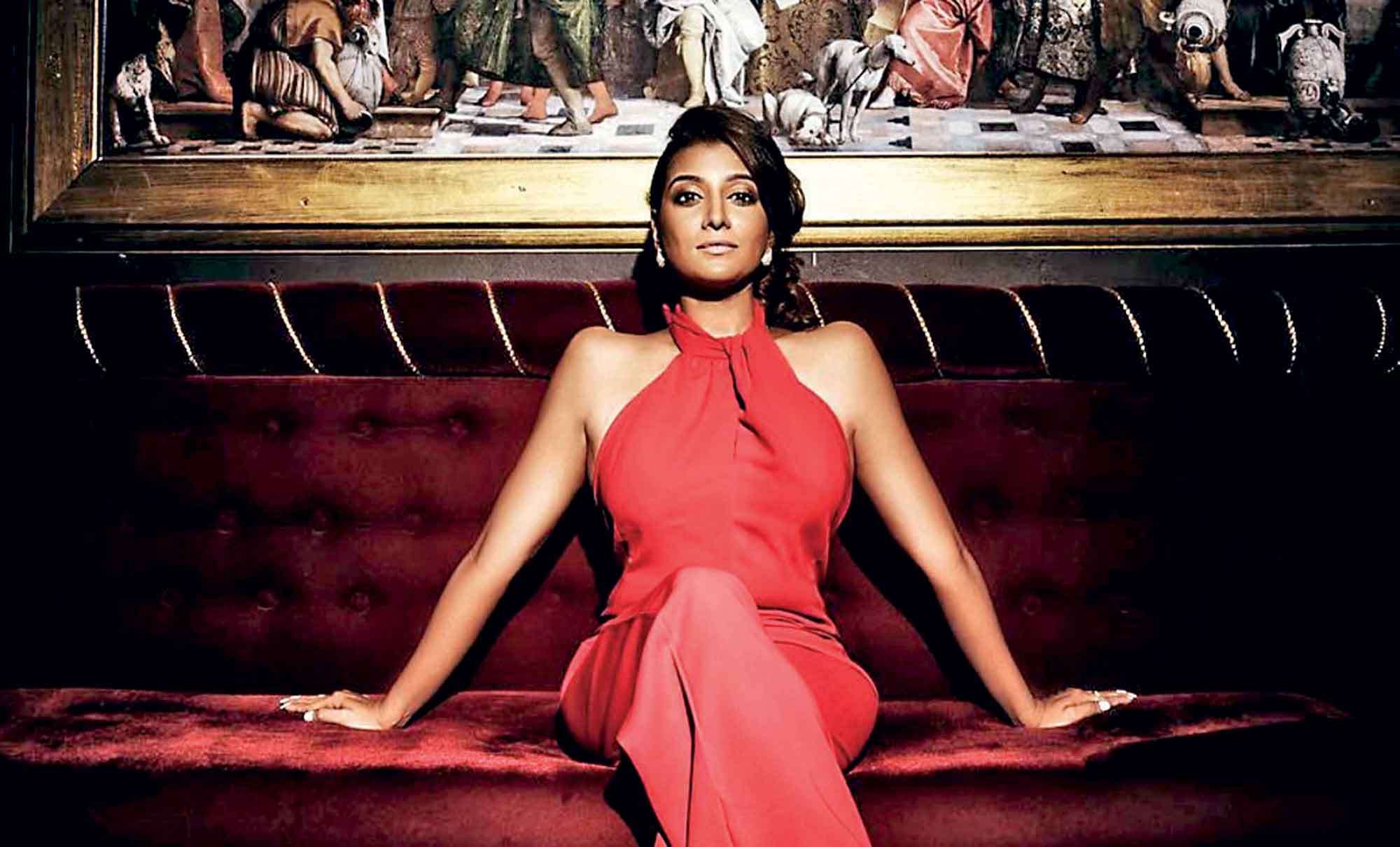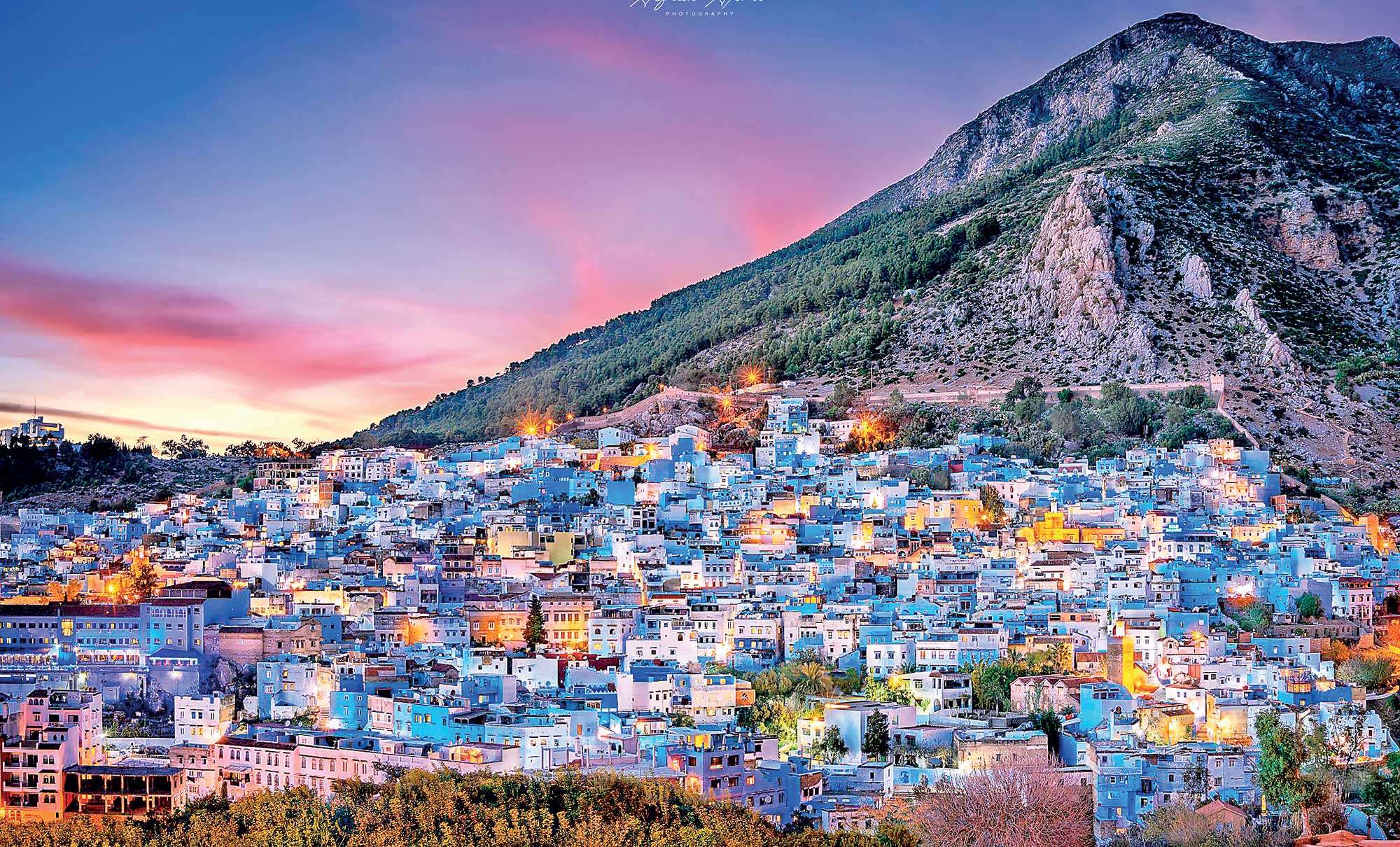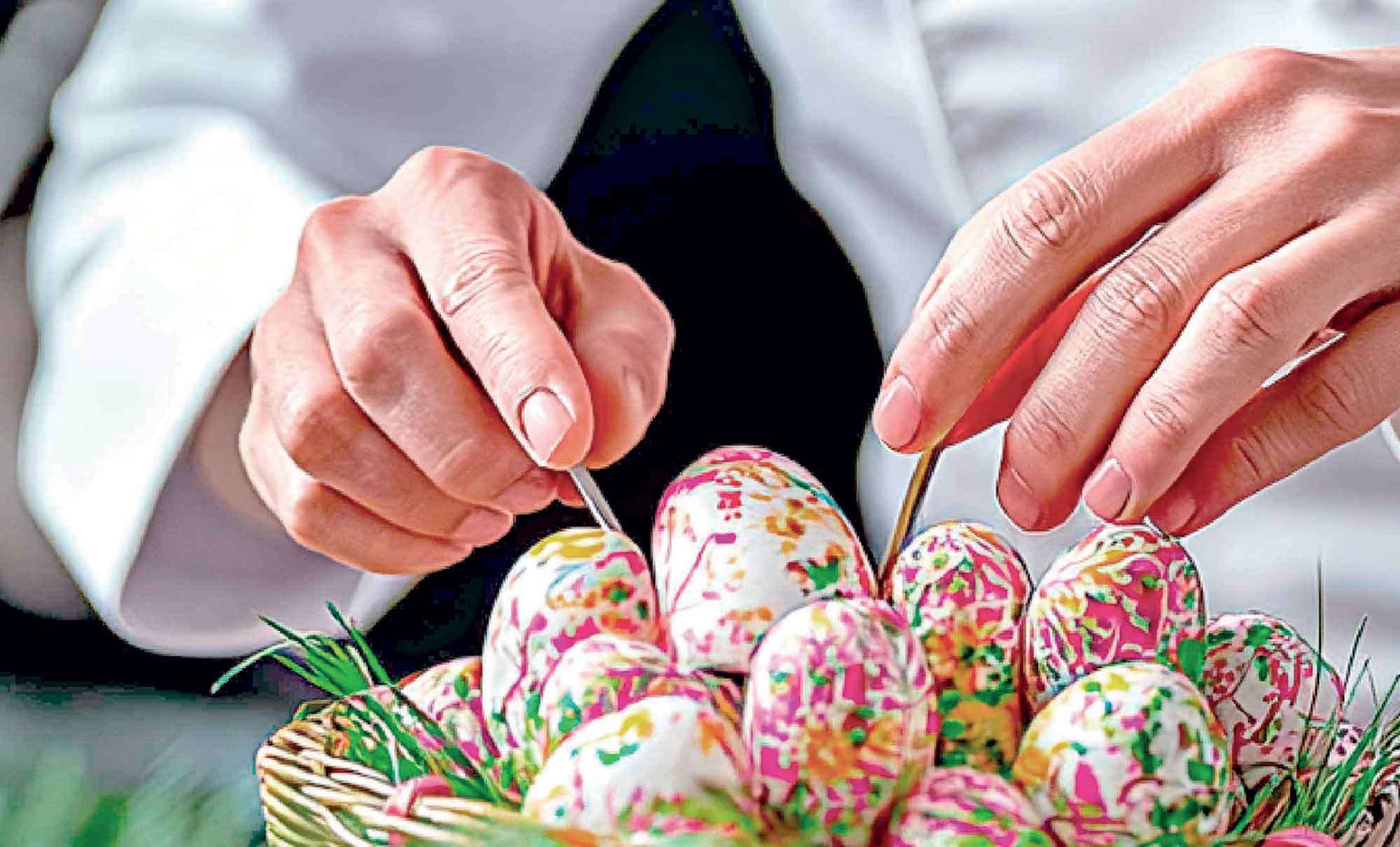
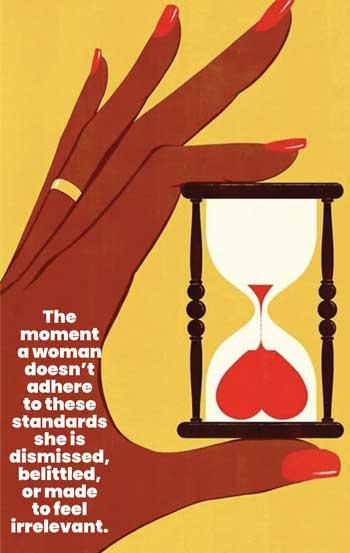 Aging is a natural process, unless you’re a woman, in which case it’s a crime punishable by invisibility. The quest for beauty has been a constant theme in society all throughout history with society treating womens’ aging as something to be ‘fixed,’ while men get hotter with every wrinkle. Take for example, terms like ‘silver fox’ which refers to older men, portraying them to be graceful, handsome, and distinguished while praising them for their ability to age like fine wine. Terms such as ‘silver vixen’ however, which refer to attractive older women are far less common due to the controversy around women and aging. You may be asking yourself, why does this ridiculous double standard exist and how does it impact women? Well, let’s break it down.
Aging is a natural process, unless you’re a woman, in which case it’s a crime punishable by invisibility. The quest for beauty has been a constant theme in society all throughout history with society treating womens’ aging as something to be ‘fixed,’ while men get hotter with every wrinkle. Take for example, terms like ‘silver fox’ which refers to older men, portraying them to be graceful, handsome, and distinguished while praising them for their ability to age like fine wine. Terms such as ‘silver vixen’ however, which refer to attractive older women are far less common due to the controversy around women and aging. You may be asking yourself, why does this ridiculous double standard exist and how does it impact women? Well, let’s break it down.
The Eternal Youth Trap
For women beauty and youth are treated as one and the same. The moment fine lines appear, the world starts whispering, “has she let herself go?” Meanwhile, skincare companies and cosmetic surgeons rub their hands together, ready to sell their latest miracle cure for ‘daring’ to age. The standards of attractiveness in contemporary consumerist culture are defined by youthful attributes and are continuously reinforced through media, according to a study by Clarke and Griffin.
The reality is that aging is inevitable. Our physical appearance, no matter how well we care for ourselves, will naturally change over time. While modern cosmetic procedures and skincare regimens may offer temporary solutions, they cannot stop the natural process of aging. The truth is, as we age, physical attributes tied to youthful beauty often lose their market value. As society continues to prioritize youth, the value placed on aging bodies diminishes, perpetuating a cycle where women are pressured to maintain an appearance that aligns with youth-based standards, often at the cost of their own self-esteem and mental well-being. The message is clear; once women reach a certain age, they are no longer deemed valuable or attractive if they don’t maintain that ‘youthful glow.’
The Double Standard of Aging
The well-known notion of the ‘double standard of aging,’ suggests that an aging woman is judged more harshly in comparison to an aging man. Accordingly, the loss of ‘good’ aka ‘youthful’ looks associated with aging is more detrimental to women rather than men. Influential feminist scholars such as Bordo and Wolf argued that, because women are socialized to be more concerned with their appearances than men, the fading of youthful looks is more detrimental to a woman’s self-image.
This conditioning begins early and continues throughout life, regurgitating the idea that a woman’s worth is intrinsically tied to her appearance.
Wrinkles? Unacceptable. Every anti-aging ad reminds women that a single forehead line is one step away from being exiled to the land of “ma’ams” and anti-wrinkle creams. Grey hair? A crisis! Men with silver hair are ‘distinguished.’ Women? “Wow, she’s really letting herself go.” Let’s not forget the 30+ expiration date. Actresses over 35 suddenly stop getting leading roles (unless they’re playing someone’s mother), while their male counterparts continue as romantic leads even into their sixties.
Men Age Like Fine Wine. Women Like... Milk?
Have you ever noticed how male celebrities are praised for looking, “better with age,” while female celebrities face headlines like ‘is she still hot at 40?’ The message is clear, men gain value as they age while women are constantly trying to outrun time. George Clooney at 50? Sexy! Jennifer Aniston at 50? “How does she manage to STILL look that good?” These societal expectations create immense pressure on women to invest time, money, and effort into maintaining a youthful appearance, and when they fail to meet such standards, they are criticized, or worse, rendered invisible. For women, every wrinkle, grey hair, or sign of aging becomes a potential mark of failure.
The moment a woman doesn’t adhere to these standards she is dismissed, belittled, or made to feel irrelevant. This results in feelings of inadequacy, as women are directed to believe that their worth is directly tied to their ability to look young and flawless, regardless of their age. At the same time, these standards are not applied to men, who are rarely asked to justify their aging process. The contrast is stark and speaks volumes about the way society continues to place womens value in their physical appearance, while men are allowed to be defined by their character, achievements and, most importantly, their age.
In the end, societal pressures are not only damaging to a woman’s self-worth but also perpetuate a culture where women are constantly fighting against the inevitable- aging. Rather than embracing the beauty of growing older, women are taught to fear it, time and time again. Constantly chasing an ideal that is unattainable and unsustainable. Both men and women deserve to age gracefully without facing judgment or being forced to conform to a rigid, superficial standard.
The Billion-Dollar Anti-Aging Industry
Let’s be real; the beauty industry makes millions by convincing women that youth is their most valuable asset. Anti-aging cream, Botox, fillers, lasers, facelifts - there’s an endless market for looking younger. And fear of aging? That’s been carefully manufactured to keep women spending.
Recent findings show that body image is an important issue for women throughout their lives and remains relevant for older women. Women are aware of the societal discourse that situates youth as the defining characteristic of both health and beauty. As women experience bodily changes associated with aging, they may find themselves increasingly distant from societal beauty standards, resulting in feelings of invisibility, incompetence, and diminished social value.
The main criteria for beauty are often identified as a natural look, self-confidence, and attractive skin. A woman is considered to be at peak of beauty in her mid-thirties, just before early signs of facial aging begin to appear. Approximately 50% of women contemplate cosmetic procedures, with a growing number opting for preventative treatments in their twenties and early thirties. This suggests that a fear of aging is instilled long before significant changed actually occur. As a 19-year-old, I must confess that I already fear aging. I’m not exactly sure when this anxiety crept in, but I suspect it has something to do with the constant media messaging that youth equals beauty and value. Even at my age I’ve absorbed the idea that every passing year is something to battle rather than embrace (which may be one of the reasons I end up crying on my birthday). It’s unsettling to think that many of us start worrying about ‘losing our looks,’ before we’ve even had the chance to fully grow into them.
Breaking The Cycle
To push back against the unrealistic beauty standards surrounding aging, we must first normalize it. More women in media need to embrace their natural looks; wrinkles, grey hair, and all, showcasing them as marks of wisdom and experience rather than flaws. This message must spread widely to dismantle the outdated notion that aging is something to be ashamed of. Women’s faces should not be policed, aging is natural and should be celebrated, not hidden. We must also challenge the double standard that deems aging men ‘distinguished’ while aging women are made to feel invisible. If men can be seen as confident and attractive in their 60s, so can women. Beauty and worth do not diminish with age. Aging isn’t a flaw to fix; it’s a testament to a life well-lived. Every wrinkle, every silver strand tells a story; one of resilience, joy, and experience. It’s time we celebrated that.
True beauty isn’t about clinging to youth but about embracing authenticity. By rejecting unrealistic beauty standards and viewing aging as natural and beautiful, we take power away from the anti-aging industry. Celebrating aging empowers women to feel confident at any stage, proving that true beauty lies in self-acceptance and authenticity.
